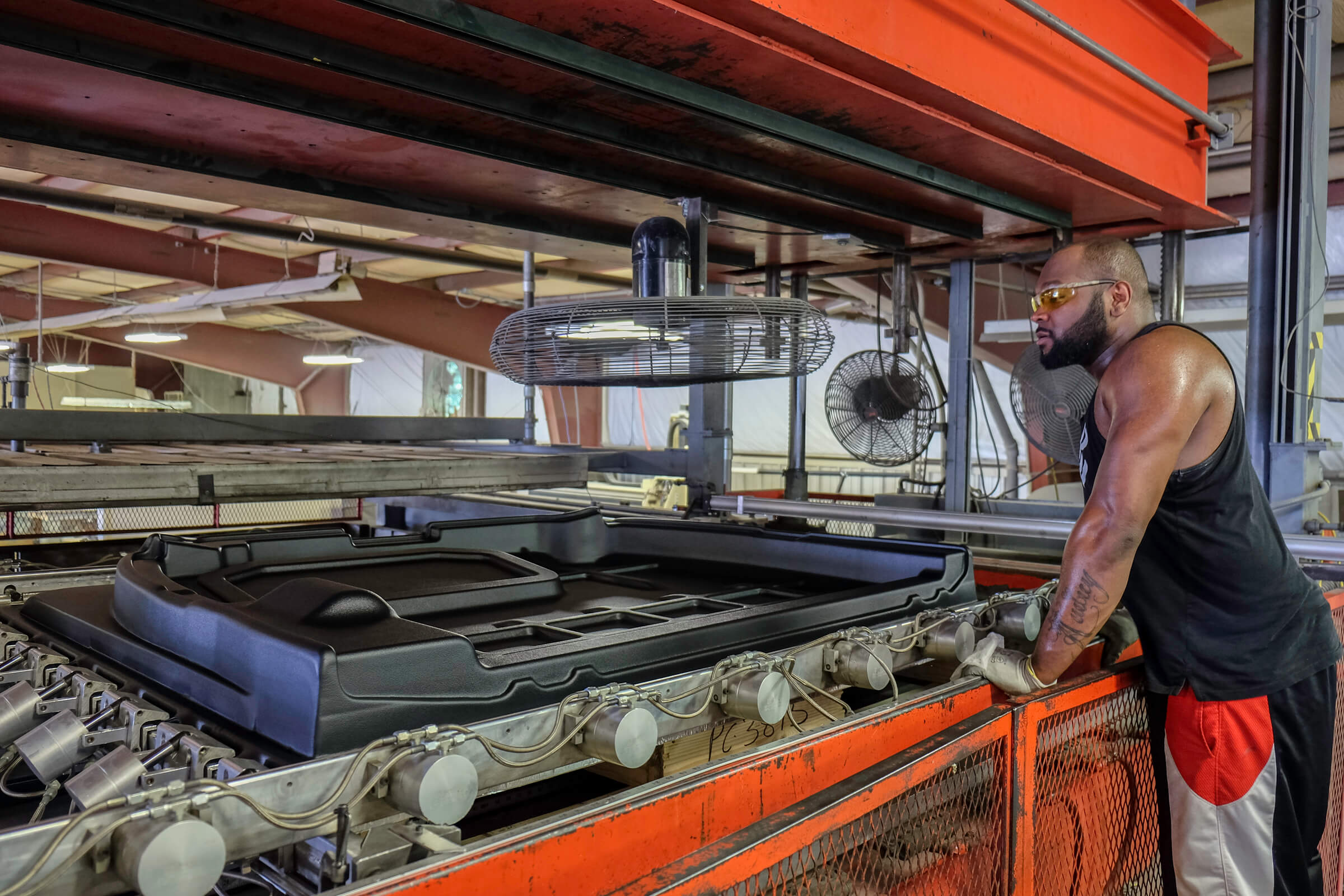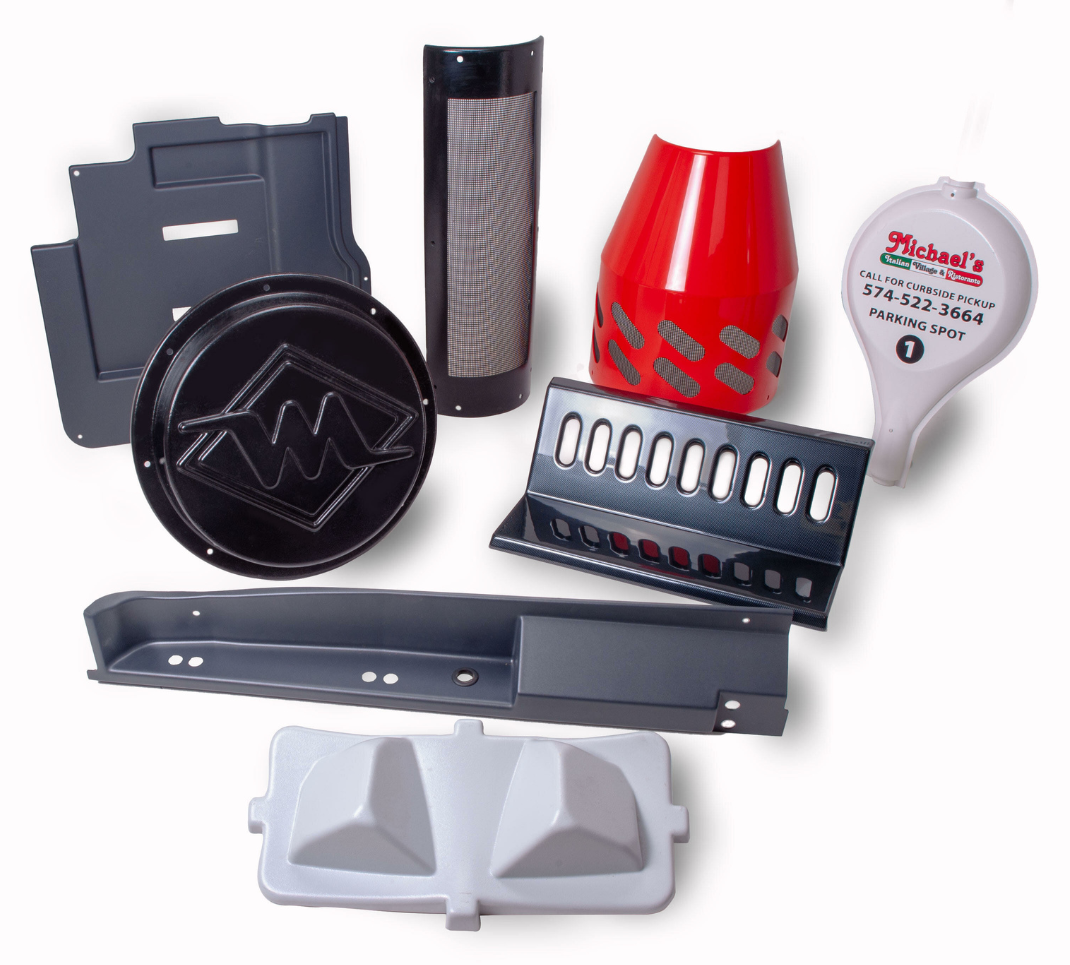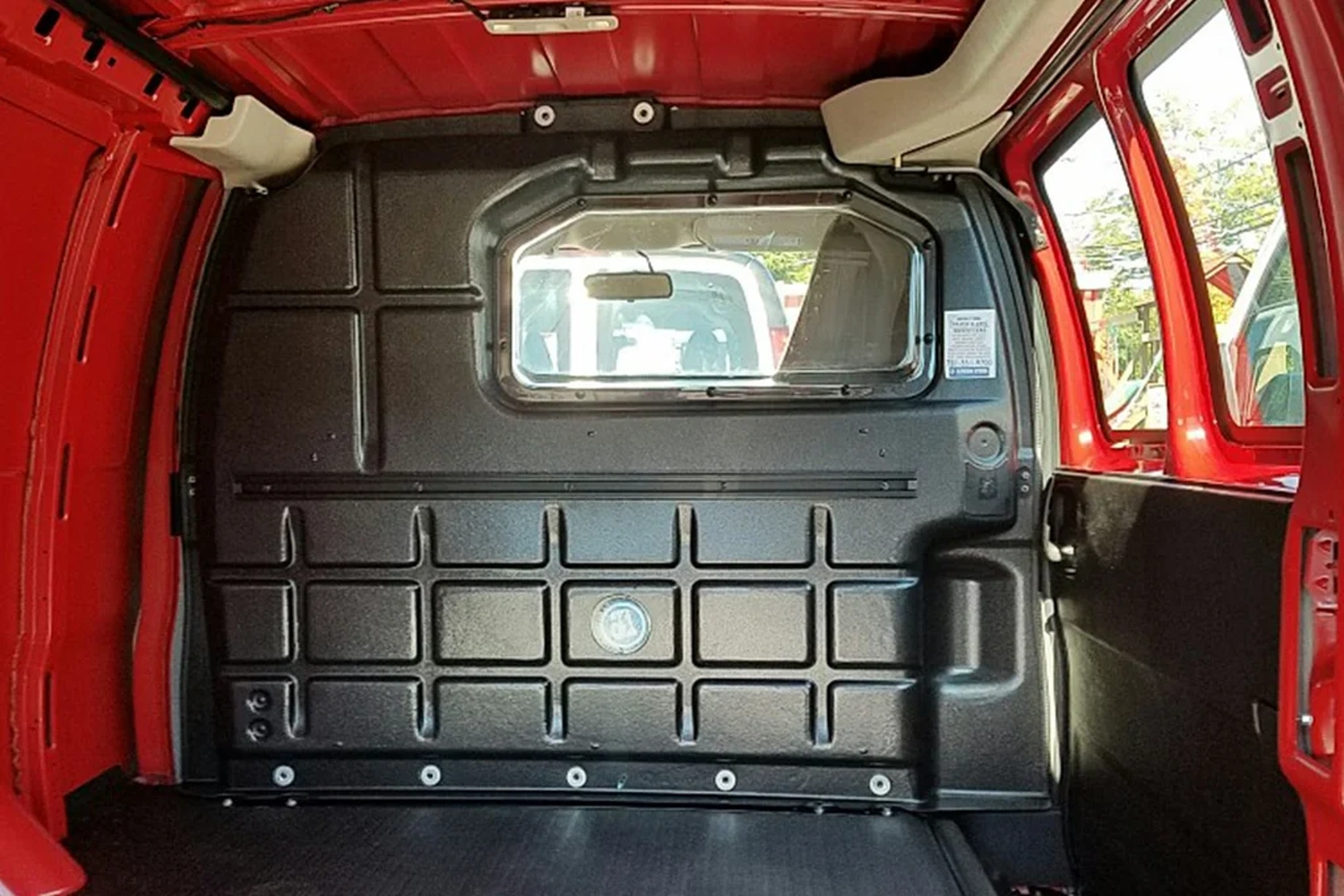Thermoforming transforms flat plastic sheets into three-dimensional components through controlled heating and forming. However, the forming process is just the first step. Secondary finishing operations are essential for achieving precise specifications, optimal functionality, and superior aesthetics in thermoformed parts.
Understanding these critical operations helps engineers and manufacturers optimize their production processes.
Precision Trimming Technologies

Computer Numerical Control (CNC) machining represents the cornerstone of modern thermoforming finishing operations. Advanced CNC systems deliver exceptional precision through programmed toolpaths, maintaining tight tolerances while processing complex geometries. This technology ensures consistent quality across production runs while minimizing material waste and operator intervention.
Alternative trimming methods serve specific applications where CNC may not be optimal. Die cutting excels in high-volume production scenarios where repeatable features are needed, offering rapid cycle times and excellent consistency.
Hand routing with fixtures provides an economical solution for low-volume production. It allows skilled technicians to achieve specified dimensions while maintaining acceptable tolerances.
Table routing effectively creates straight cuts and basic geometric shapes where high-precision CNC operations aren't required.
Surface Enhancement Processes
-1.jpg?width=800&height=532&name=unnamed%20(5)-1.jpg)
Surface finishing dramatically impacts both aesthetics and functionality. Modern thermoforming operations incorporate molded-in color to eliminate secondary painting while providing a consistent appearance throughout the part thickness. This approach offers superior durability compared to surface-applied finishes and reduces production complexity.
Laminated films enable complex textures and patterns while adding protective properties.
These advanced materials can incorporate UV inhibitors for outdoor applications, anti-graffiti properties for public installations, or custom graphics for branding. The films bond permanently to the substrate during forming, creating a durable and attractive finish.
We can provide paint application and screen printing services when specialized appearances are required. These secondary processes enable metallic finishes, precise corporate color matching, and detailed graphics that might not be achievable through other methods.
The selection of appropriate surface treatments depends on the application requirements, environmental exposure, and aesthetic goals.
Component Integration and Assembly

Modern thermoforming frequently requires combining formed parts with additional elements to create complete assemblies. Mechanical fastener installation uses precise positioning systems to ensure proper alignment and secure attachment. Sonic welding creates permanent joints between compatible materials, while strategic integration of metal reinforcements and foam components enhances structural properties and functionality.
Advanced assembly operations might include installing lighting systems, control interfaces, or creating multi-part vacuum-formed assemblies. Each assembly process follows documented procedures developed through years of manufacturing experience, ensuring consistent quality and reliable performance in the field.
Quality Assurance in Thermoforming Finishing Operations
Quality control permeates every aspect of finishing operations in modern thermoforming facilities. Coordinate Measuring Machine (CMM) technology verifies critical dimensions while standardized visual inspection protocols ensure aesthetic consistency.
Functional testing validates assembled components, supported by detailed process documentation and First Article Inspection Reports (FAIR) for new parts.
Design Considerations for Thermoforming Finishing Operations

Successful finishing begins at the design stage. Engineers must consider appropriate draft angles for trim operations, clearly specify critical dimensions and tolerances, and define surface finish requirements.
Proper documentation of assembly methods and mounting points ensure efficient production, while early consideration of packaging requirements protects finished parts during shipping and storage.
Experience in Thermoforming Finishing Operations
At Plastic Components, Inc., successful finishing operations combine advanced technology with deep expertise. Our experienced team leverages state-of-the-art equipment and proven processes to deliver superior results across diverse industries.
We maintain strict quality standards while offering cost-effective solutions that meet exact specifications and maintain production efficiency.
Our comprehensive finishing capabilities transform thermoformed parts into precise, functional components that exceed expectations for quality and performance.
Please contact our engineering team to discuss how our finishing operations can optimize your next thermoforming project.



